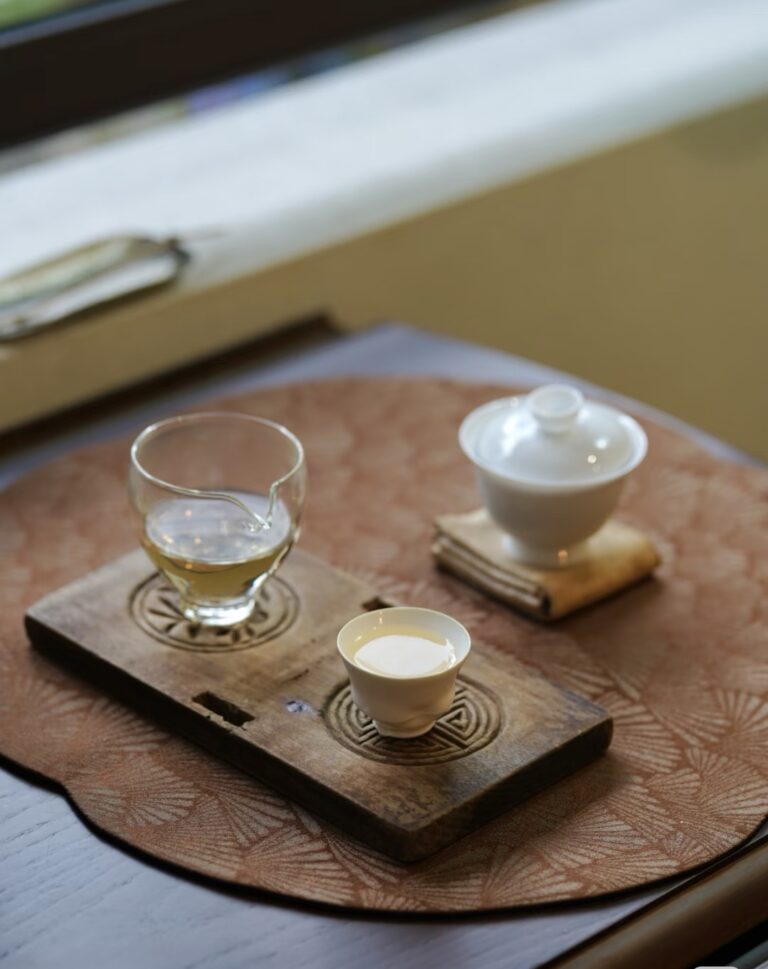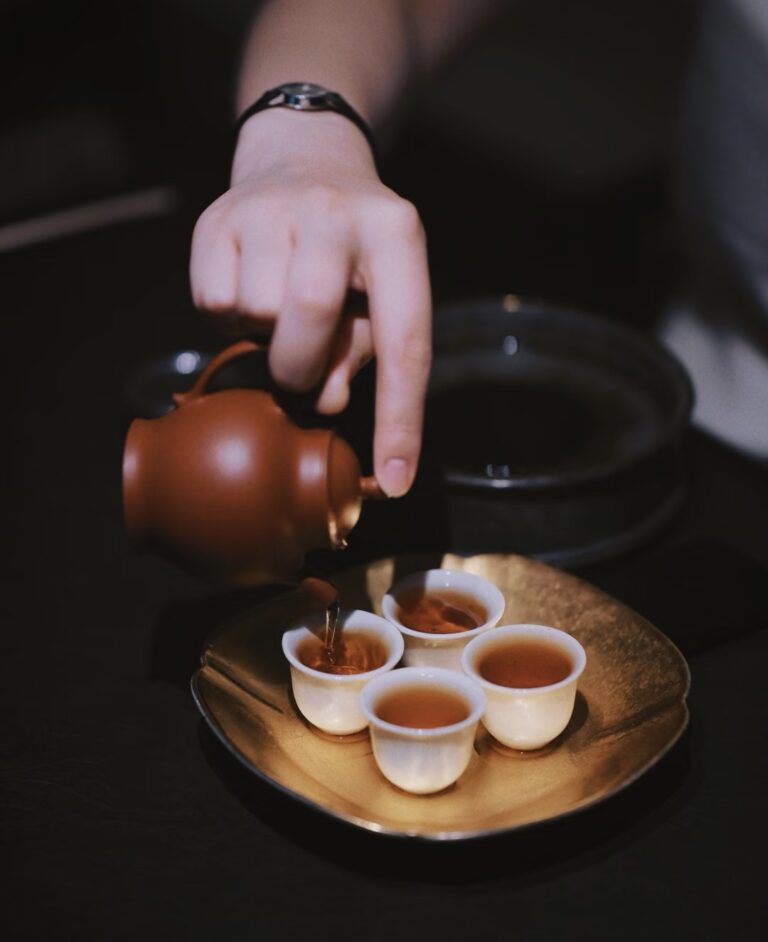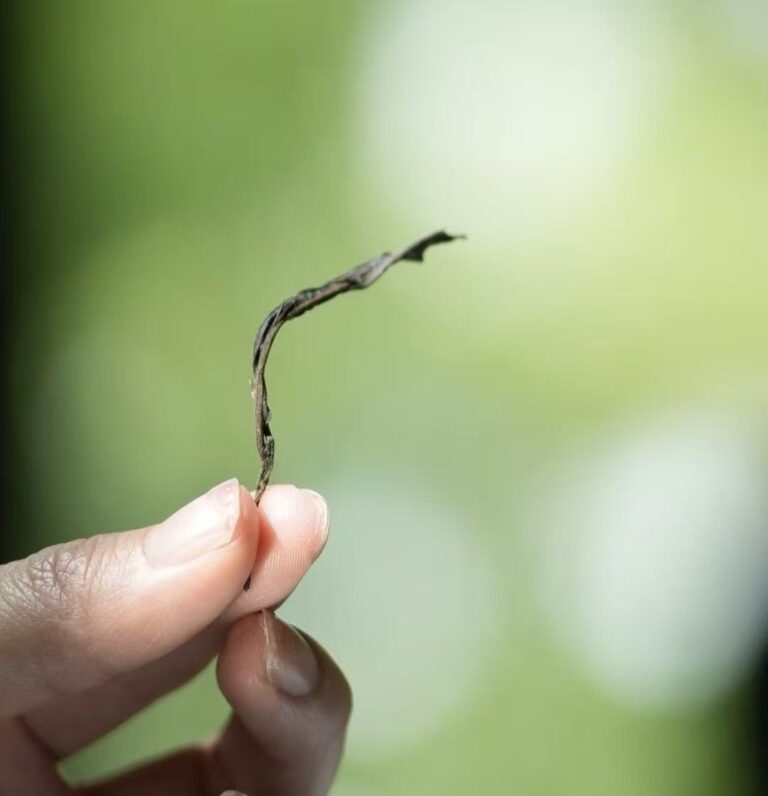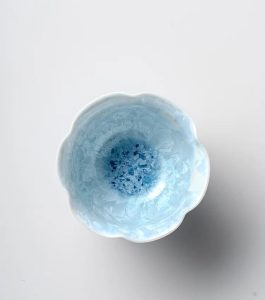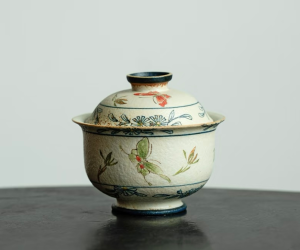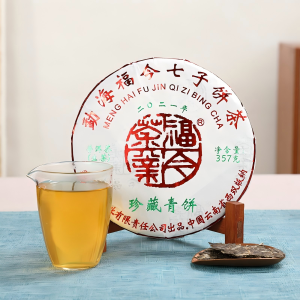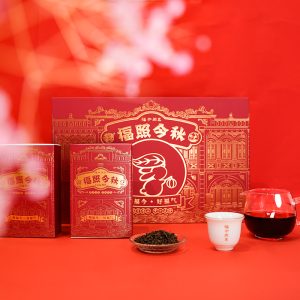Are you new to the world of Pu Erh tea and wondering how to appreciate its complex flavors? You’re not alone. Many tea enthusiasts find themselves intrigued yet intimidated by this unique Chinese tea with its rich history and diverse taste profiles. This guide will walk you through the essential tasting notes and appreciation techniques for Pu Erh tea, helping you develop your palate and deepen your enjoyment of this remarkable beverage.
Understanding Pu Erh Tea Varieties
Before diving into tasting notes, it’s important to understand the basic types of Pu Erh tea. Pu Erh tea comes in two main varieties: raw (sheng) and ripe (shou). Each offers distinctly different flavor experiences.
Raw Pu Erh starts off with bright, vegetal notes and gradually transforms over time, developing complexity and depth. Young raw Pu Erh often presents fresh, grassy notes with a pleasant astringency, while aged versions develop honey, dried fruit, and woody characteristics.
Ripe Pu Erh, which undergoes accelerated fermentation, delivers earthy, smooth flavors from the start. You’ll often notice rich, comforting notes of wood, damp earth, and dark fruits, with a naturally sweet finish. For beginners, ripe Pu Erh tea is typically more approachable due to its smoother profile and lower astringency.
The region where the tea was grown also significantly impacts its flavor. Teas from Menghai tend to be robust and full-bodied, while those from Yiwu are often more delicate with floral notes.
Preparing for Your Tasting Session
The right preparation sets the stage for a successful tasting experience:
Selecting Appropriate Teaware
For proper Pu Erh appreciation, traditional Chinese teaware enhances the experience. A Gaiwan (lidded bowl) is ideal for beginners as it allows you to observe the leaves and control brewing time precisely. Alternatively, a small Yixing teapot works well, especially for ripe Pu Erh.
Our Blue Ice Crystal Gaiwan is perfect for beginners, offering excellent heat retention and ease of use.
Water Quality and Temperature
Use filtered water heated to 95-100°C (203-212°F). The high temperature helps extract the full range of flavors from Pu Erh tea. Remember that water quality significantly impacts taste – spring water or filtered water produces the best results.
Tea Quantity
For beginners, start with about 5g of tea per 100ml of water. You can adjust this ratio based on your preference for stronger or milder brews. Our 2020 Fu Jin Gengzi Year Commemorative Pu Erh Tea comes with convenient portion guidance for beginners.
The Five Dimensions of Pu Erh Tea Tasting
1. Appearance
Examine both the dry and wet leaves. Dry leaves of quality Pu Erh should appear intact and have a healthy sheen. After infusion, observe how the leaves unfold – whole leaves indicate higher quality. The tea liquor color ranges from pale gold (young raw) to deep amber (aged raw) or dark burgundy (ripe).
2. Aroma
Pu Erh tea presents a fascinating aromatic journey:
•Dry leaf aroma: Sniff the dry leaves to detect initial notes
•Wet leaf aroma: After rinsing, smell the wet leaves for deeper notes
•Cup aroma: Smell the empty cup after drinking to catch lingering fragrances
For raw Pu Erh, look for notes of fresh hay, flowers, fruits, or honey. Ripe Pu Erh typically offers earthy, woody, and sometimes chocolate-like aromas.
3. Flavor
Take small sips and let the tea coat your entire palate. Notice:
•Initial taste: The first impression as tea touches your tongue
•Mid-palate: How flavors develop while the tea is in your mouth
•Finish: The lingering taste after swallowing
Beginners often appreciate the smooth, earthy qualities of teas like our Fu Jin Classic Ripe Pu Erh Tuocha, which offers gentle notes of dark wood and cacao with minimal astringency.
4. Mouthfeel
Pu Erh can range from smooth and silky to thick and creamy. Notice how the tea feels in your mouth – is it light or heavy? Does it create a drying sensation or leave your mouth feeling moistened? Quality Pu Erh often has a satisfying thickness that tea enthusiasts call “soup feeling.”
5. Aftertaste
The hui gan (returning sweetness) is a prized quality in fine Pu Erh. After swallowing, notice any sweetness that emerges at the back of your throat and how long the flavor persists. Superior teas offer a lasting, pleasant aftertaste that evolves over time.
Common Flavor Descriptors for Beginners
Raw Pu Erh Vocabulary
•Young Raw: Grassy, floral, apricot, astringent, bright, vegetal
•Aged Raw: Honey, dried fruits, wood, camphor, medicinal, smooth
Ripe Pu Erh Vocabulary
•Fresh Ripe: Earthy, woody, mushroom, compost, dark chocolate
•Aged Ripe: Smooth, sweet, dates, caramel, forest floor, leather
Learning to identify these notes takes practice. Consider keeping a tea journal to track your observations and preferences.
Advanced Tasting Techniques
Multiple Infusion Method
Pu Erh tea can be steeped multiple times, with each infusion revealing different aspects of the tea. Start with short steeps (5-10 seconds) and gradually increase steeping time with subsequent infusions. This brewing technique allows you to experience how the flavor profile evolves.
Comparative Tasting
Try tasting different types of Pu Erh side by side – perhaps comparing a raw and ripe Pu Erh, or samples from different regions. This comparative approach helps train your palate to recognize subtle differences.
Conclusion
Developing your Pu Erh tasting skills is a rewarding journey that deepens with experience. Remember that there’s no “right” way to taste tea – your personal preferences and observations are valid. Start with more accessible varieties like our beginner-friendly Pu Erh sampler, and gradually explore more complex offerings as your palate develops.
The most important aspect of tea appreciation is mindfulness – being present with each sip and enjoying the sensory experience. With practice, you’ll discover the incredible depth and variety that makes Pu Erh tea a lifelong passion for so many tea enthusiasts around the world.
Happy tasting!

